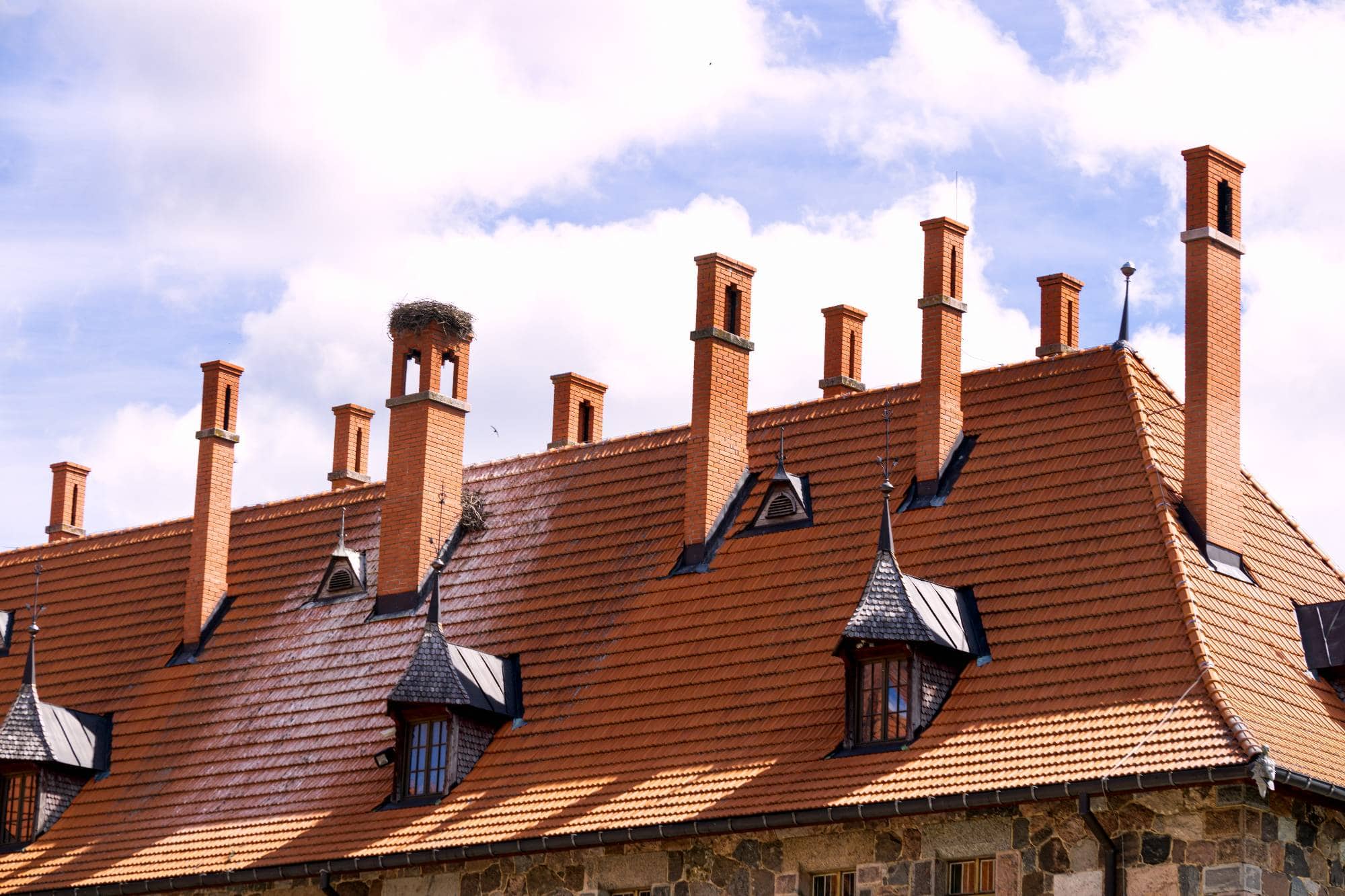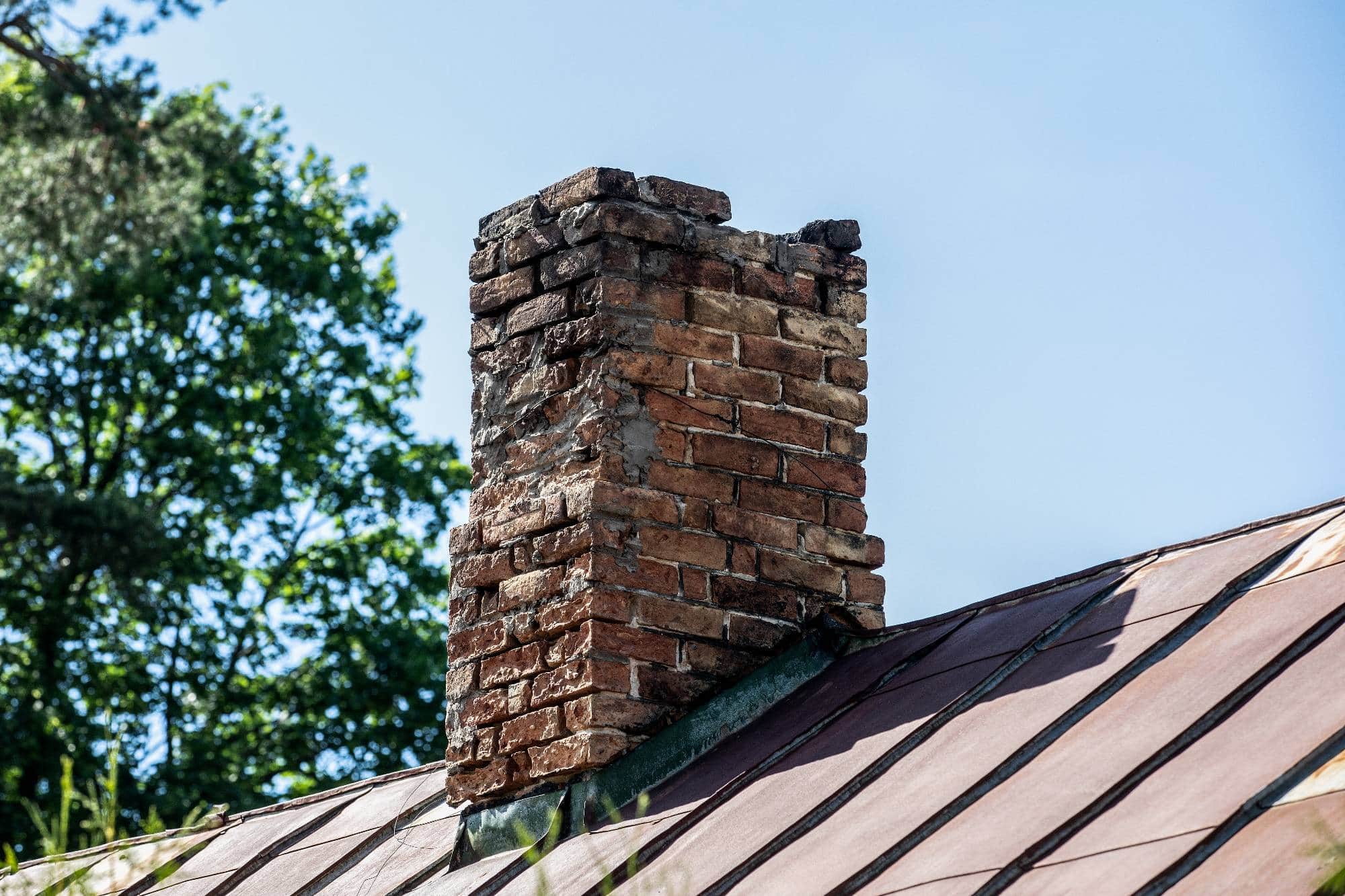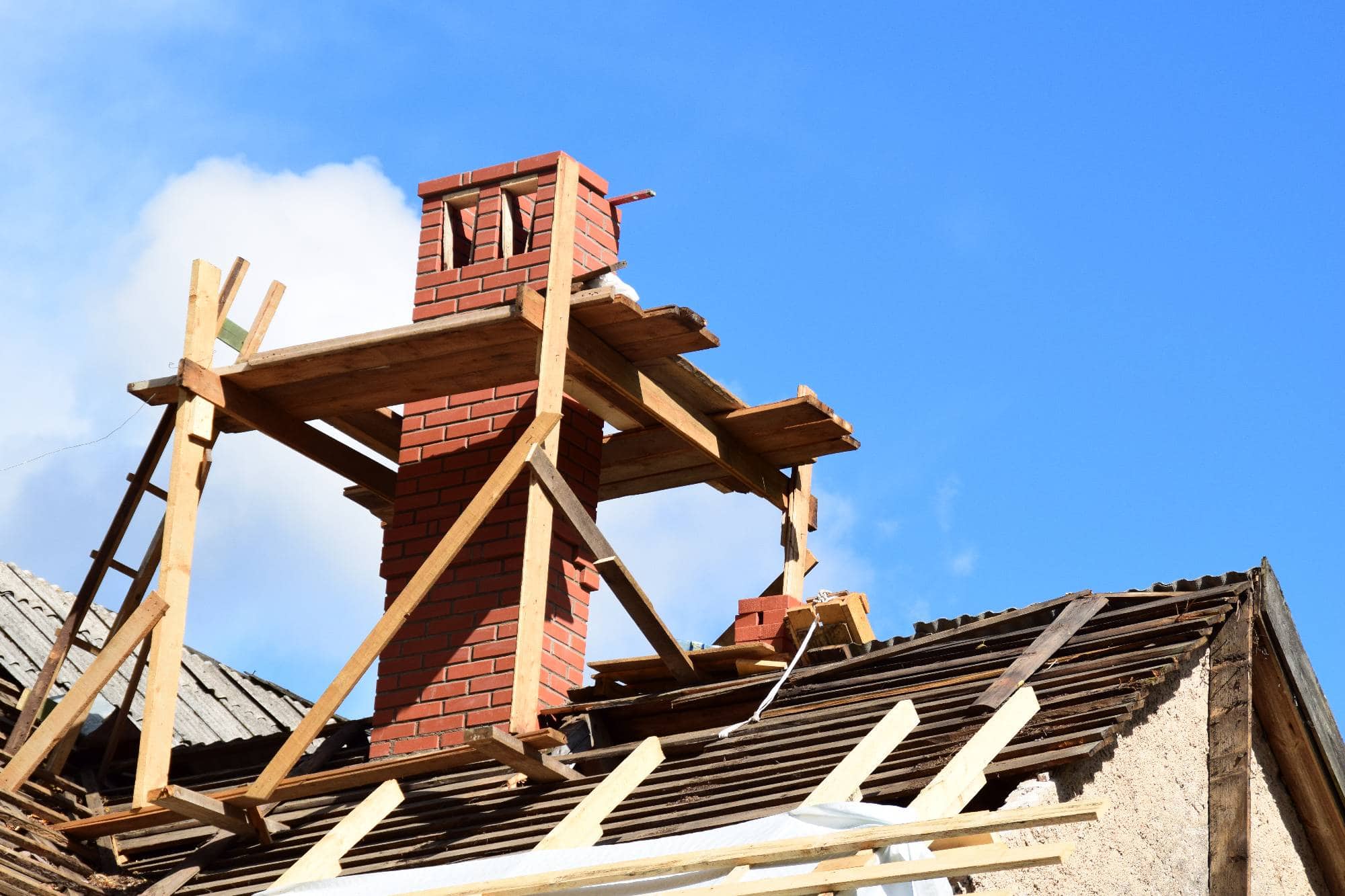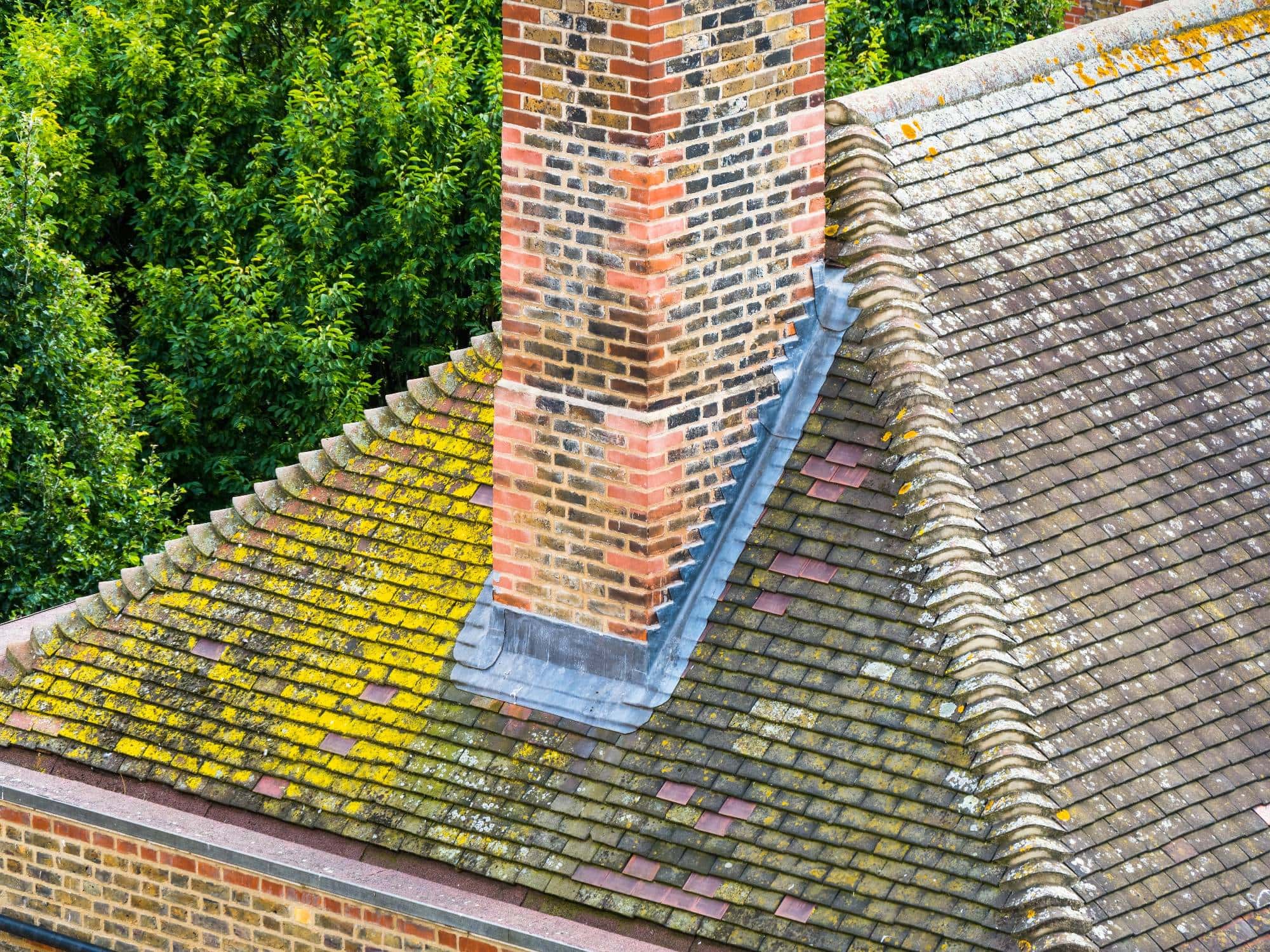Preserve your home’s architectural integrity with restoration techniques that honor Bristol County’s rich heritage.

Hear from Our Customers

Your historic chimney tells a story that spans generations. When restoration is done right, you get more than just a functional chimney—you preserve a piece of history that maintains your property’s value and authentic character.
Unlike standard repairs that can actually damage historic masonry, proper restoration uses period-appropriate materials and techniques. You’ll have a chimney that works safely and efficiently while staying true to its original design and construction methods.
The difference is in the details. From lime mortar that breathes with your old bricks to careful preservation of original materials, authentic restoration protects your investment for decades to come.
We’ve been serving Bristol County homeowners for years, specializing in the unique challenges that come with historic properties. We understand the construction methods used in pre-20th century homes and know how to work with traditional materials.
Bristol County is home to some of Massachusetts’ most significant historic properties, from 18th-century Capes to Federal-style homes. We’ve worked on chimneys dating back centuries, and we know the difference between a quick fix and authentic restoration.
Our team takes the time to understand your home’s history and construction methods. That knowledge guides every decision we make during the restoration process.

We start with a thorough inspection to understand your chimney’s original construction and identify any previous repairs that might be causing problems. Many historic chimneys have been patched with modern materials that don’t work well with old masonry.
Next, we document everything before we begin work. Photos, measurements, and notes about original materials help us maintain historical accuracy throughout the restoration. If we need to dismantle any sections, we carefully salvage original bricks and materials for reuse.
The restoration itself follows traditional methods. We use lime mortar that’s compatible with historic bricks, match original bonding patterns, and ensure that any new materials work harmoniously with the old. When we’re finished, your chimney functions safely while maintaining its authentic character.

Ready to get started?
Historic chimney restoration goes beyond standard repair work. We address the specific challenges that come with older construction, from traditional lime mortar that erodes differently than modern cement to settling issues that develop over decades.
In Bristol County, we see many chimneys that were built before modern building codes. These often lack proper liners, have unique construction details, or show damage from inappropriate previous repairs. Our restoration addresses these issues while preserving the chimney’s historic character.
We also handle the specialized materials sourcing that historic work requires. From matching antique bricks to preparing traditional lime mortar mixes, we have the resources and knowledge to maintain authenticity. The result is a chimney that meets modern safety standards while honoring its historic origins.
